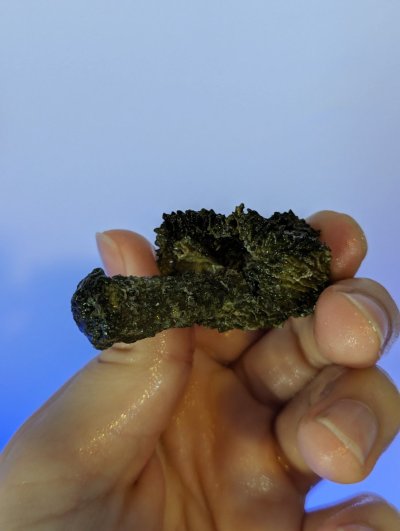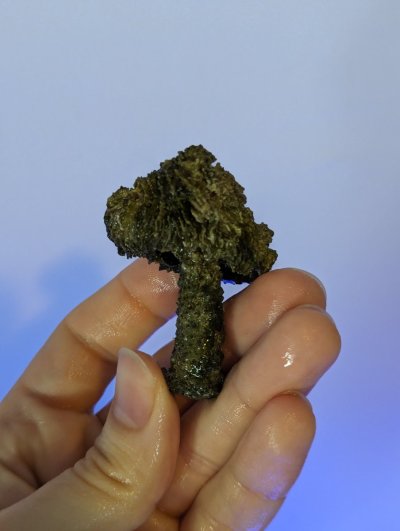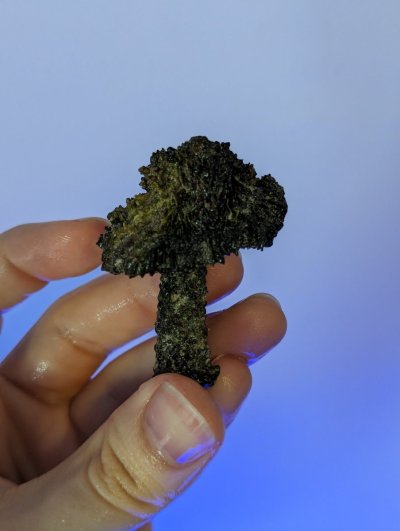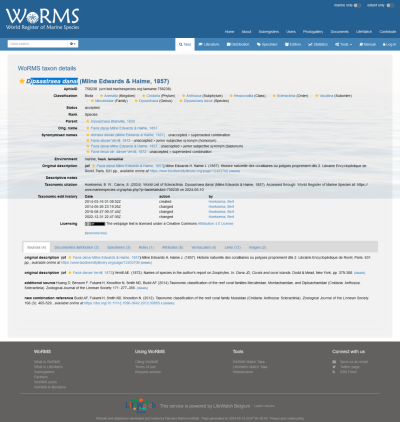Hey everyone. I've been scratching my head about this for a while and can't seem to figure it out. I inherited a bunch of live rock a while back, as well as chunks of what look like stony coral skeletons. One of the skeletons looks like a perfect mushroom shape. Like, land mushroom shape lol. It has a stalk and a perfectly shaped cap. Any idea what coral this could have come from? There's also pretty jagged ridges all over the "cap".
I'm trying to get my favia to encrust over it because I think that would look pretty cool lol just a giant favia mushroom.

I'm trying to get my favia to encrust over it because I think that would look pretty cool lol just a giant favia mushroom.
























